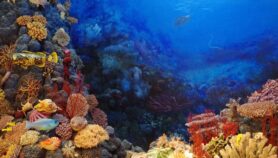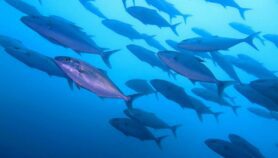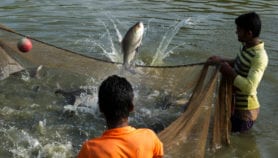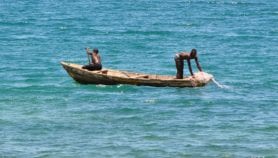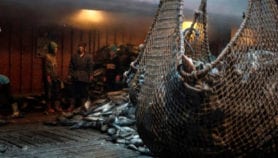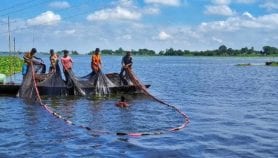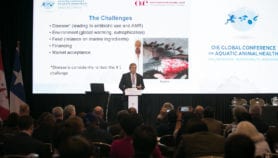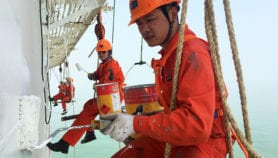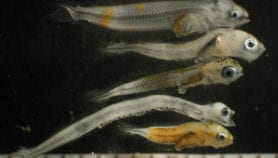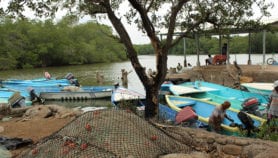15/04/19
New diseases threaten aquaculture
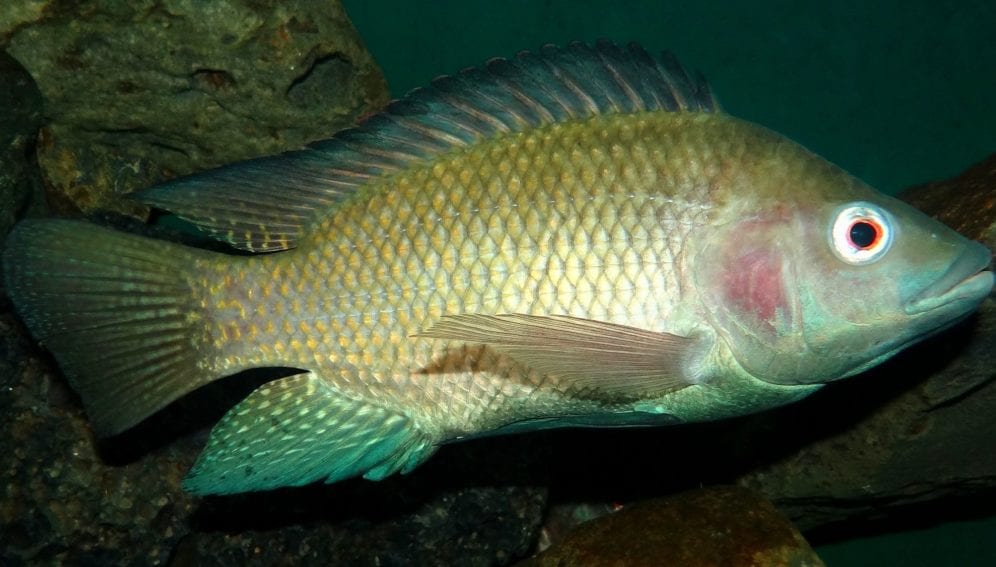
Send to a friend
The details you provide on this page will not be used to send unsolicited email, and will not be sold to a 3rd party. See privacy policy.
[SANTIAGO] The emergence of new diseases is threatening aquaculture development, the fastest growing food production sector in the world, according to the World Organisation for Animal Health (OIE).
The farming of fish, crustaceans, and other aquatic organisms provides a source of income for around 20 million people, and is a growth industry in many developing countries.
But diseases such as Tilapia lake virus (TiLV) typify the global plight of aquaculture, warns the OIE, which focused on the issue at a recent summit in Santiago, Chile (April 2-4). Although little is known about the disease, it has spread rapidly throughout the world.
“Currently, more than 200 aquatic species are cultivated in the world and although today we have genetics as a tool to study the pathogens that affect them, it is a relatively new science,” OIE deputy director-general Matthew Stone told SciDev.Net.
“Although the first case of TiLV was reported in 2014, studies are still limited because the countries affected do not always have the scientific capacities or the necessary infrastructure for research.”
Rubén Avendaño, Interdisciplinary Center for Aquaculture Research
Aquaculture already supplies almost 50 per cent of fish for human consumption globally, with that figure expected to rise. In many of the least developed countries of Africa and Asia, fish accounts for more than half of the total animal protein intake, according to the UN’s Food and Agriculture Organization (FAO).
Tilapia is the second most highly farmed fish worldwide, based on volume, and is recognised by the FAO as a good source of protein.
However, experts say the industry is under threat from the emergence of TiLV, which has become a major epidemic since it was first detected in Israel in 2009.
Acknowledged by the FAO as a new disease in 2014, it is now present in countries on four continents, including Colombia, Peru, Ecuador, Egypt, and Thailand, last appearing in Africa’s Lake Victoria at the end of 2018.
With a mortality rate that varies between 10 and 90 per cent, advances in its control are pressing, say experts.
Rubén Avendaño, researcher at the Interdisciplinary Center for Aquaculture Research (INCAR) and a professor at Andrés Bello University, both in Chile, told SciDev.Net: “Much less is known about TiLV than any other emerging viral pathogens that have economically impacted industries such as salmon.”
Fish infected with TiLV often display sluggishness, lesions of the skin, eye abnormalities and lens opacity. However, there are still knowledge gaps, such as whether passive carriers of the infection can transmit the virus.
“Although the first case of TiLV was reported in 2014, studies are still limited because the countries affected do not always have the scientific capacities or the necessary infrastructure for research,” explained Avendaño.
The case of TiLV would likely not be an isolated one, warned Avendaño, highlighting the need for more research into diseases affecting tilapia and other aquatic species.
Such new diseases spread rapidly in different geographical areas with similar environmental temperature parameters, he said, adding that climate change could be a contributing factor.
Controlling risk in aquaculture, and looking at ecosystems and sustainable production, is part of the OIE's remit and was central to the agenda in Santiago.
Representatives of the 182 member states outlined standards for the industry, focusing on surveillance and early detection, and timely, transparent reporting of diseases.The OIE has a network of 300 reference laboratories and research centres, working to identify and control diseases. But, warned Stone: “It also takes a high commitment from governments and the media to ensure food security and sustainability.”
This piece was originally produced by SciDev.Net’s Latin America and Caribbean edition.




